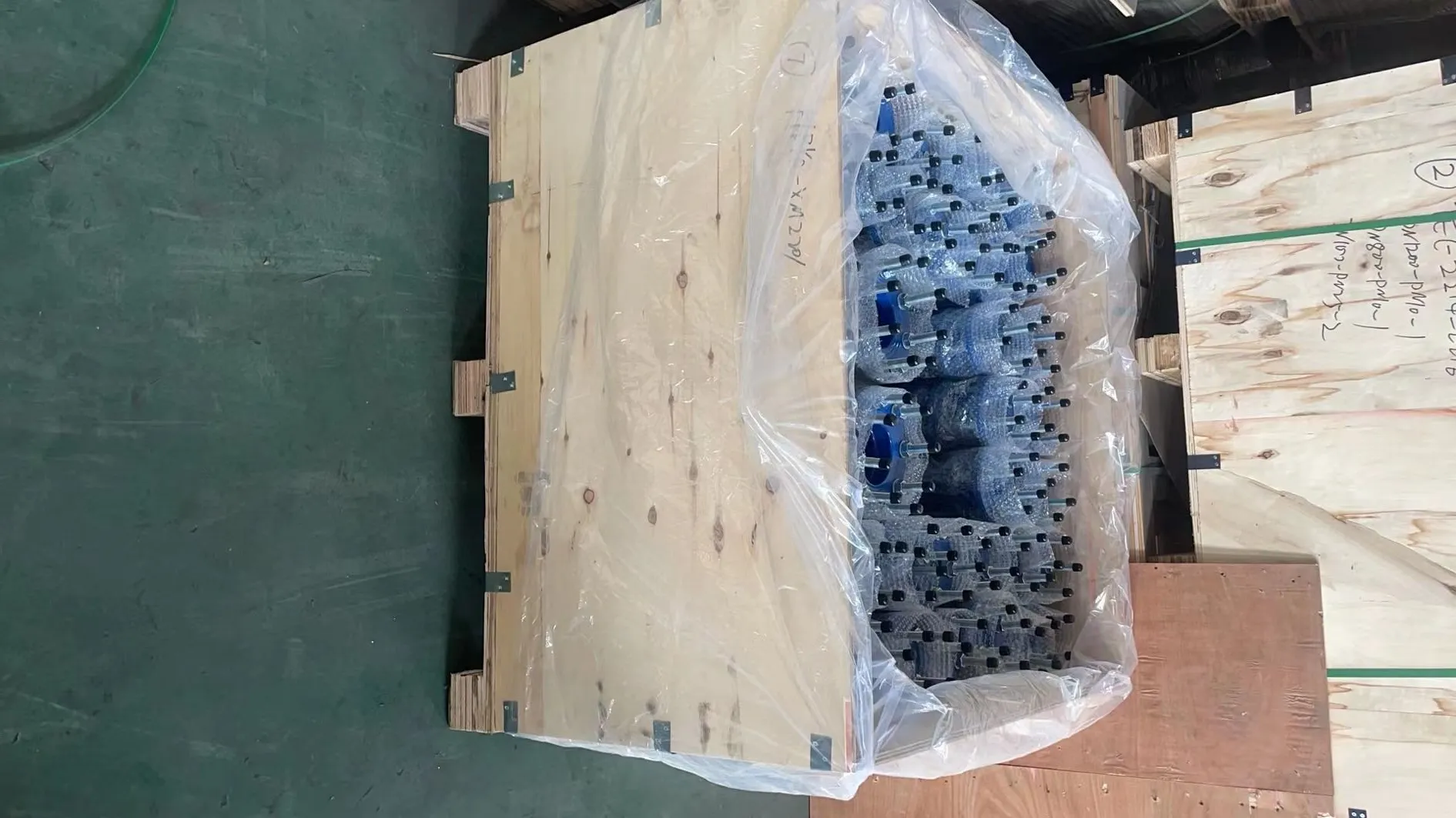Retractable Security Bollards for Enhanced Safety and Traffic Control Solutions
The Importance of Retractable Security Bollards in Urban Safety
In an ever-evolving urban landscape, security is a paramount concern for city planners, business owners, and residents alike. Among the various security solutions available, retractable security bollards have emerged as a popular and efficient choice for enhancing safety in public and private spaces. These robust, yet flexible, structures provide a versatile method of controlling vehicle access while ensuring pedestrian safety.
What are Retractable Security Bollards?
Retractable security bollards are solid posts that can be raised or lowered into the ground, offering a temporary barrier to vehicle entry. Unlike traditional fixed bollards, which can obstruct traffic flow even when not needed, retractable bollards can be easily deployed or stowed away as the situation demands. This functionality is especially beneficial in busy urban areas where space is at a premium and the need for flexibility is vital.
How Do They Work?
The operation of retractable bollards typically involves a hydraulic or mechanical system that allows for smooth and efficient raising and lowering. When raised, they form a solid barrier to block unauthorized vehicle access. When not in use, they retract into the ground, seamlessly blending into the landscape and allowing for unrestricted pedestrian and vehicular traffic. This technology not only enhances the aesthetics of the environment but also minimizes the risk of accidents caused by obstacles.
Key Benefits of Retractable Security Bollards
1. Enhanced Security Retractable bollards act as effective deterrents against vehicle-related threats, including unauthorized parking, vandalism, and even terrorist attacks. By controlling vehicle access in high-risk areas—such as government buildings, shopping malls, and event venues—these bollards contribute significantly to public safety.
2. Flexibility and Versatility One of the most compelling features of retractable bollards is their adaptability. They can be deployed for events or busy shopping days and retracted during quieter periods. This flexibility makes them ideal for urban environments where traffic patterns can vary significantly throughout the day.
retractable security bollards

3. Aesthetic Appeal With various designs and finishes available, retractable bollards can be customized to complement the surroundings. This means that they can enhance the visual appeal of city streets, parks, and commercial establishments while still serving a functional purpose.
4. Ease of Use Modern retractable bollards are designed to be user-friendly. Many come equipped with automatic systems that can be controlled via remote, ensuring that authorized personnel can swiftly adjust access for vehicles without the need for manual labor.
5. Cost-Effective Solution While the initial investment in retractable security bollards may be higher than that of traditional fixed bollards, their long-term benefits often outweigh the costs. The versatility of retractable systems can reduce the need for additional signage and barriers, streamlining the overall security infrastructure.
Applications of Retractable Security Bollards
Retractable security bollards have a wide array of applications in both public and private sectors. They are prominently used in
- City Centers To control traffic and ensure pedestrian safety in bustling urban areas. - Event Venues To manage access during concerts, festivals, and other large gatherings. - Commercial Properties To prevent unauthorized parking while allowing access to delivery vehicles during specified times. - Government Buildings To bolster security measures around sensitive sites.
Conclusion
In conclusion, retractable security bollards serve as an essential tool for enhancing urban safety and security. Their combination of strength, versatility, and aesthetic appeal makes them an attractive option for municipalities and businesses striving to create safer environments. As cities continue to grow and evolve, the integration of advanced security solutions like retractable bollards will undoubtedly play a crucial role in ensuring public safety and maintaining the flow of urban life. Investing in such technologies not only protects citizens but also contributes to the overall resilience and efficiency of urban infrastructure.
-
The Smarter Choice for Pedestrian AreasNewsJun.30,2025
-
The Gold Standard in Round Drain CoversNewsJun.30,2025
-
The Gold Standard in Manhole Cover SystemsNewsJun.30,2025
-
Superior Drainage Solutions with Premium Gully GratesNewsJun.30,2025
-
Superior Drainage Solutions for Global InfrastructureNewsJun.30,2025
-
Square Manhole Solutions for Modern InfrastructureNewsJun.30,2025
-
Premium Manhole Covers for Modern InfrastructureNewsJun.30,2025
